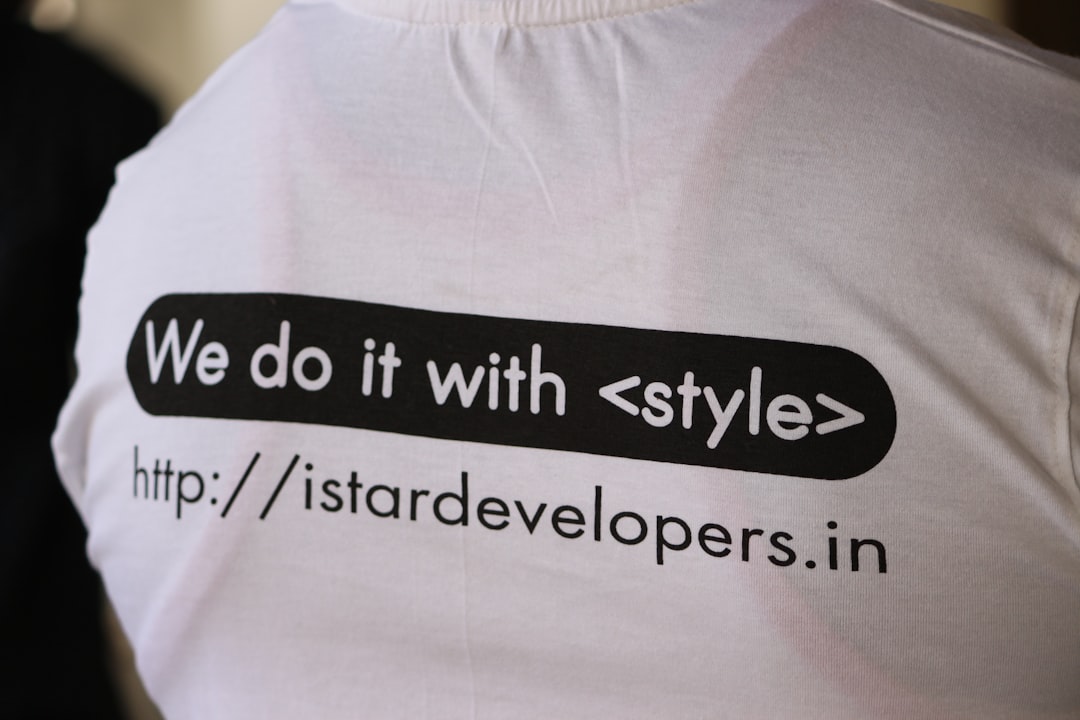
Mastering Web Markup: Essential Skills for Operational Abstraction
In the rapidly evolving landscape of web development and DevOps, mastering web markup is crucial for operational abstraction. This article delves into the essential skills required to achieve proficiency in web markup, highlighting its significance in developing robust, scalable applications.
Understanding Web Markup and Its Importance
Web markup refers to the use of markup languages, primarily HTML, XML, and Markdown, to structure content on the web. Understanding these languages is vital for creating semantic, accessible, and user-friendly web applications. The rise of frameworks and libraries that rely on markup underscores the need for developers to have a solid foundation in these technologies.
Key Skills for Mastering Web Markup
-
Proficiency in HTML/CSS: HTML forms the backbone of web content, while CSS styles it. Mastering these languages allows developers to create visually appealing and semantically structured pages.
-
Understanding Semantic Markup: Using semantic elements (like
, -
Familiarity with Accessibility Standards: Implementing web accessibility standards (WCAG) ensures that all users, including those with disabilities, can access web content. Skills in ARIA roles and properties enhance the navigability of web applications.
-
Responsive Design Principles: With the increasing variety of devices, mastering responsive design using CSS frameworks like Bootstrap or Flexbox is essential. This ensures that web applications function flawlessly across different screen sizes.
-
Version Control with Git: Proficiency in Git enables developers to manage changes to their markup effectively, collaborate with others, and maintain project integrity.
Current Developments in Web Markup
The emergence of new frameworks and tools has transformed how developers approach web markup. For instance, frameworks like React and Vue.js utilize JSX and templates that blend HTML with JavaScript, allowing for dynamic content rendering. This shift emphasizes the importance of understanding how traditional markup integrates with modern JavaScript frameworks.
Moreover, the use of static site generators (SSGs) like Jekyll and Hugo has gained traction. These tools utilize markup to create fast, SEO-friendly web pages with minimal server resources. Familiarizing oneself with these tools can significantly enhance a developer’s efficiency and productivity.
Practical Applications of Web Markup Skills
Mastering web markup has practical applications across various domains. For example, consider a case study of an e-commerce platform that implemented semantic HTML and responsive design. By optimizing their markup, they improved their site’s accessibility and user experience, leading to a 30% increase in conversion rates.
Additionally, organizations that prioritize web accessibility see improved customer satisfaction and compliance with legal standards. Investing in training for developers to enhance their markup skills can yield significant ROI through better user engagement and brand loyalty.
Expert Opinions
According to Sarah Drasner, a prominent figure in the web development community, “Understanding the fundamentals of markup is crucial for building scalable web applications. It empowers developers to create solutions that are not only functional but also maintainable.”
Tools and Resources for Mastering Web Markup
To enhance your web markup skills, consider the following resources:
- MDN Web Docs – The go-to resource for HTML and web standards.
- W3Schools – Offers tutorials and references for learning web markup languages.
- A11Y Project – A community-driven resource for web accessibility.
- CSS-Tricks – A plethora of articles and tutorials on CSS and web design.
Glossary of Terms
- HTML: HyperText Markup Language, the standard markup language for documents designed to be displayed in a web browser.
- CSS: Cascading Style Sheets, a style sheet language used for describing the presentation of a document written in HTML.
- Semantic Markup: Using HTML markup to reinforce the meaning of the content, rather than merely to define its presentation.
- ARAI: Accessible Rich Internet Applications, a set of attributes that define ways to make web content and web applications more accessible to people with disabilities.
By mastering web markup, developers not only enhance their skill set but also contribute to creating a more inclusive and accessible web environment. Embrace these essential skills and tools to elevate your capabilities in operational abstraction and web development.
Engage with this content, share it with your network, and explore the resources provided to deepen your understanding of web markup. Subscribing to newsletters or joining online communities can also keep you updated on best practices and emerging trends in the field.


